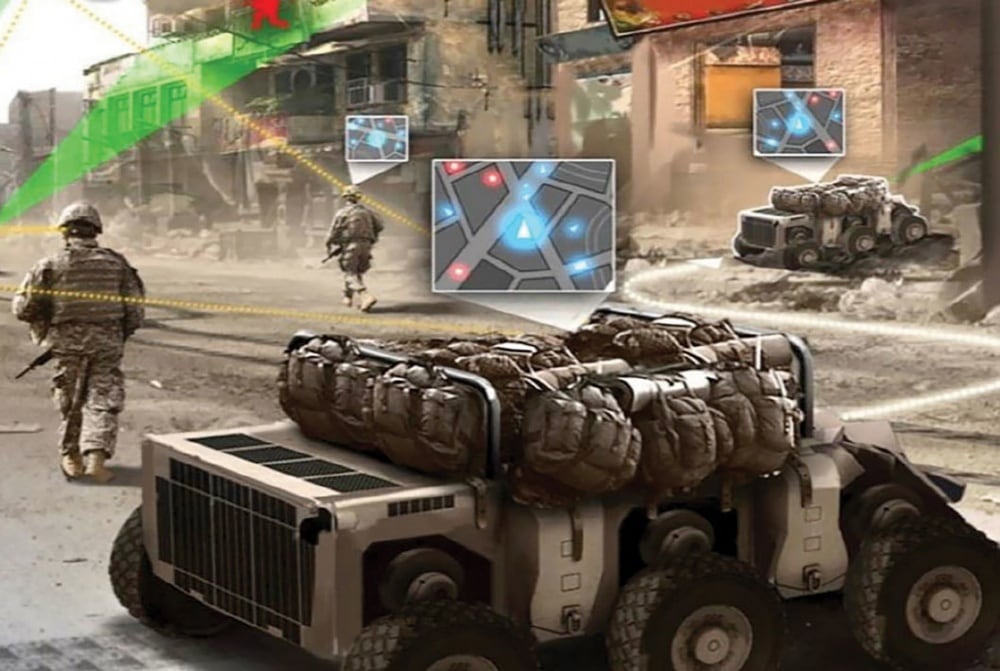Fighter pilot-like helmet technology being tested by Army researchers could solve a problem Bradley Fighting Vehicle drivers have faced forever — effectively seeing the terrain around them with the hatch closed.
Currently, the Bradley can only be driven closed-hatch with the driver looking through mirrored sights and a limited field of view.
So drivers are practically blind, compared with their pilot counterparts.
But a 360-degree suite of situational awareness sensors and a prototype helmet developed for the Ground X-Vehicle Technologies program run by the Defense Advanced Research Projects Agency can pull in views from around the vehicle.
RELATED

That sensor suite linked with the Mission Enabling Technologies-Demonstrator, or MET-D, allows the driver a fuller view of the battlefield, according to an Army release.
The system uses an “array of forward facing stereo camera pairs” that collect images, which are then projected into the left and right eye of the user with holographic optical elements.
Those elements and setup allow the driver to see depth, which eliminates nausea or eye strain present in systems that don’t use that method.
The system also uses depth sensors and a combination of standard and fish-eye lens cameras to give the driver a view of the vehicle’s perimeter and mid-range detection.
“The system allows us to compare 3-dimensional imagery controlled by advanced head tracker movements against multiple, conventional 2-dimensional vehicle mounted displays,” said Troy Tava, MET-D project manager for the Army’s Tank Automotive Research, Development and Engineering Center.
The headset helps the driver interpret distances of objects it passes and is technology expected to be used in the development of the Next Generation Combat Vehicle, which is the scheduled Bradley replacement.
While still under testing and an admittedly “incremental” step in building better vision for Bradley drivers, Tava said the development could be the ‘x-factor’ for fully operational closed hatch driving.
Todd South has written about crime, courts, government and the military for multiple publications since 2004 and was named a 2014 Pulitzer finalist for a co-written project on witness intimidation. Todd is a Marine veteran of the Iraq War.








